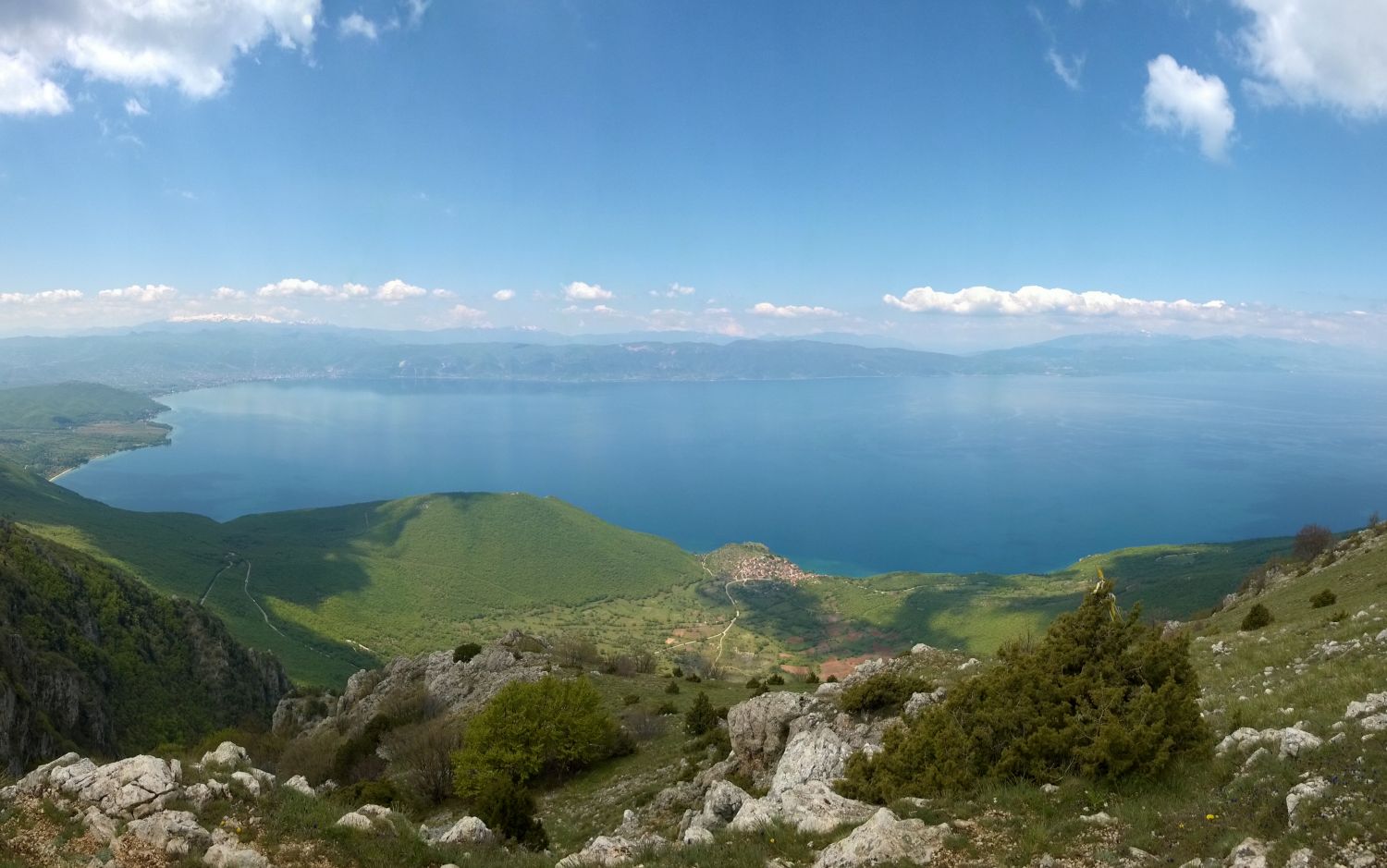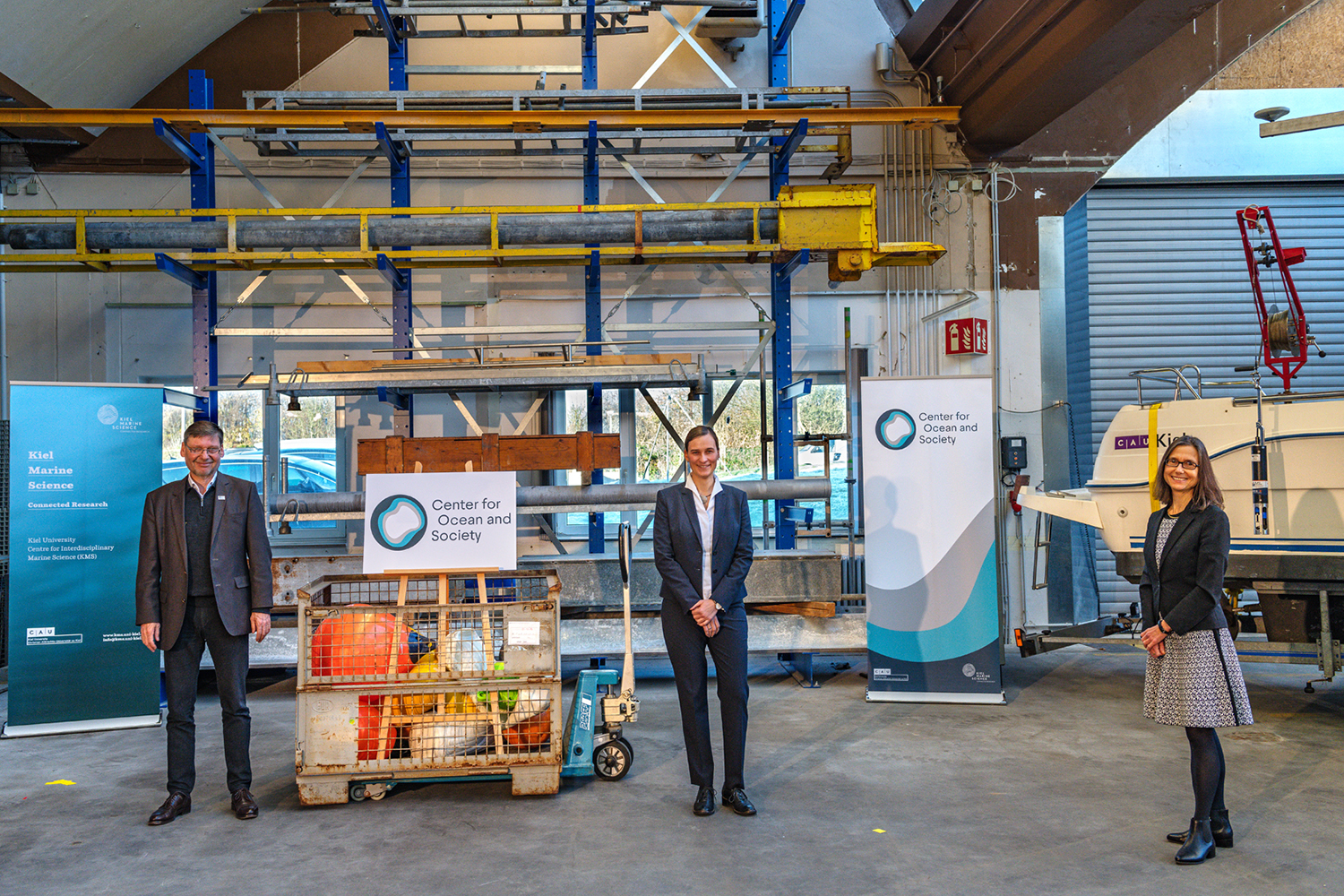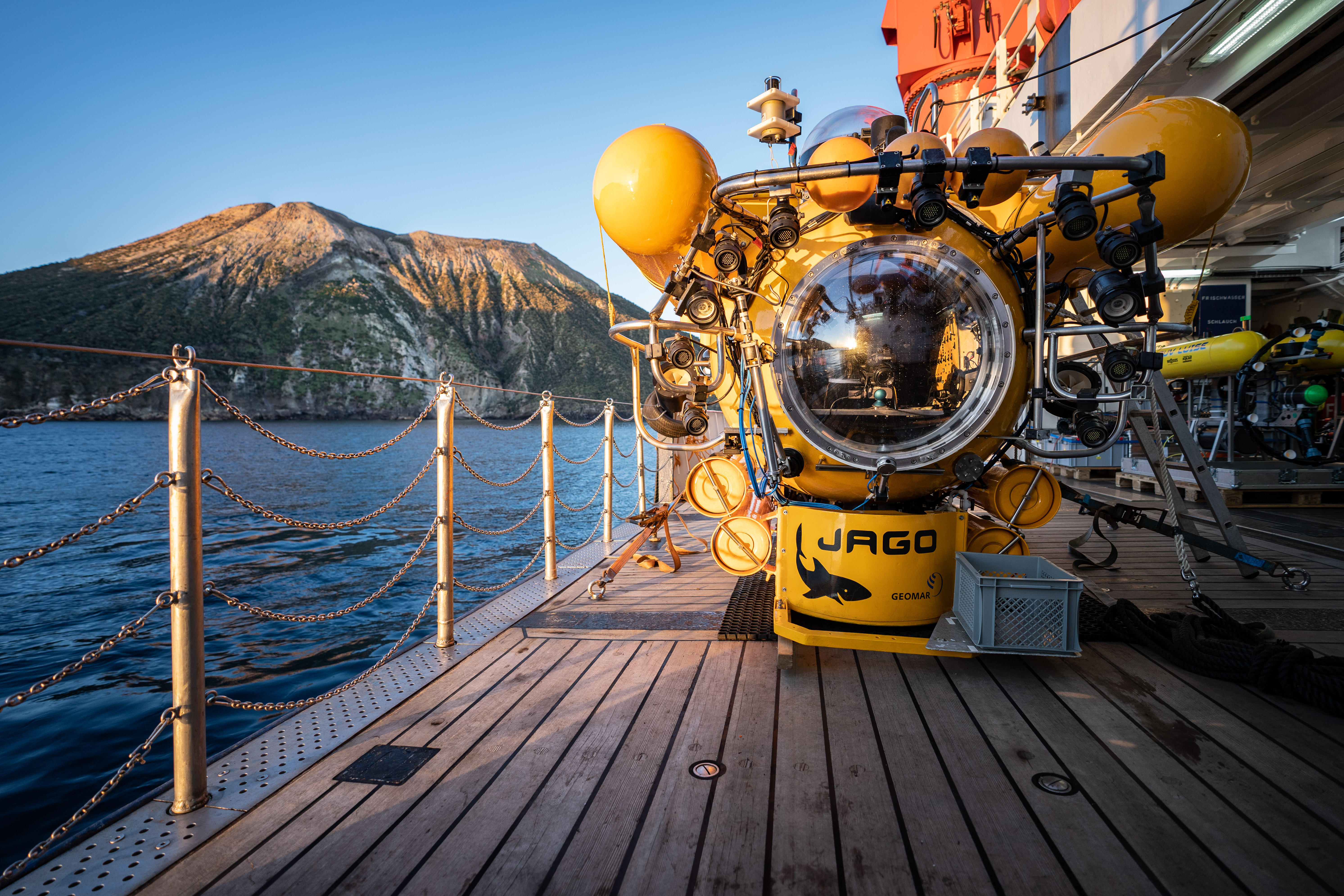To study the evolutionary dynamics of Lake Ohrid since its formation, the scientists combined the environmental and climate data of a 568-meter-long sediment core with the fossil records of over 150 endemic diatom species. The data showed that shortly after the formation of the lake, new species emerged within a few thousand years. Many of them died out again very quickly in the relatively small and shallow lake. The research team explains this by the fact that young lakes of small size offer many new ecological opportunities, but are also particularly sensitive to environmental changes such as fluctuations in temperature, lake level and nutrients.
After the lake became deeper and larger, the speciation and extinction processes slowed down dramatically. The scientists attribute this to fewer new habitats emerging, the species richness approaching an ecological carrying capacity and an increasing environmental and climate buffering of the lake. The finding that in the history of Lake Ohrid, a volatile assemblage of evolutionarily short-lived species developed into a stable community of long-lived species provides a new understanding of the evolutionary dynamics in ecosystems. The study, which has now been published in the journal Science Advances, will thus also have great significance for future biodiversity research.
Geophysical surveys are essential for the realization of such extensive drilling projects. These were carried out on Lake Ohrid by scientists from the Institute for Geosciences at Kiel University using a seismic system optimized for lake measurements. "With our seismic work, we were able to identify the crucial locations for the drillings, where then the biological investigations were carried out," says Professor Sebastian Krastel, co-author of the study and head of the working group ‚Marine Geophysics and Hydroacoustics' of the Institute of Geosciences (Kiel University). "We work a lot in multidisciplinary teams, but the cooperation with evolutionary biologists at such an important lake was extraordinary".
Original publication
Wilke et al. (2020): Deep drilling reveals massive shifts in evolutionary dynamics after formation of ancient ecosystem. Science Advances, 6, no. 40, eabb2943. DOI: 10.1126/sciadv.abb2943
Link:
https://advances.sciencemag.org/content/6/40/eabb2943
Contact
Prof. Dr. Sebastian Krastel
Institute of Geosciences
Telefon: +49 431 880-3914
sebastian.krastel@ifg.uni-kiel.de
…



